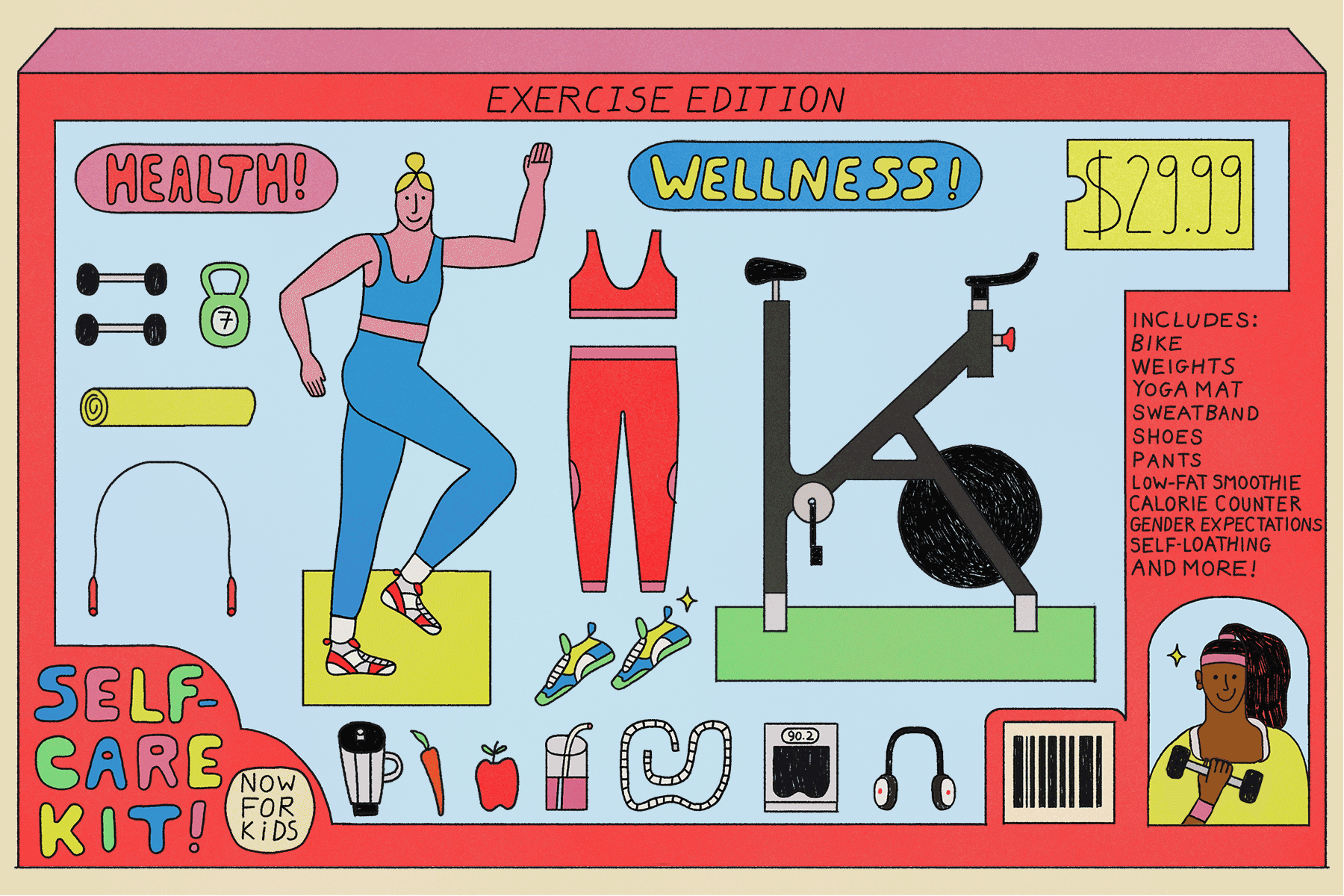Tapping Into the Needs of Computer Age Kids
- Share via
It’s one of the trade-offs of the digital age: Repetitive stress injuries, or RSI, are becoming a children’s health issue. Not because children are toiling on assembly lines but because they are hunched over computers for hours at a time.
And usually they’re sitting at computer systems designed for adults who have enough trouble themselves with RSI problems--the family of soft tissue injuries that occur when a repeated motion pulls on the tendons and muscles around a joint.
For the record:
12:00 a.m. June 19, 2000 For the Record
Los Angeles Times Monday June 19, 2000 Home Edition Southern California Living Part E Page 4 View Desk 1 inches; 20 words Type of Material: Correction
Misspelled name: In some editions of Sunday’s paper, the last name of children’s furniture designers Lisa and Lance Lerman was incorrect.
“Ergonomics has come home to roost,” writes Anne Reeks in an article on children’s health and proper computer use in the April issue of Parenting magazine.
“Long a workplace issue, the fit between people and computers has become a concern for parents, as children increasingly use computers with greater frequency and at a younger age.”
Considering that nearly half the U.S. households with children now have computers, and the sale of video games alone rose 22.3% from 1998 to 1999, it’s clear the need is growing for some child-appropriate computer furniture.
*
That was the market niche that attracted Pasadena entrepreneurs Lance and Lisa Lerman when they were looking around for a new business.
They had started buying software for their 3-year-old daughter, Katie, when she was a year old, and sitting on a lap to use the computer, said Lisa. “She likes the Sesame Street games. There is a lot of educational software for kids now and it’s wonderful for them.”
Neither was a newcomer to furniture design. Lisa, 39, has a bachelor’s degree in graphic and furniture design from Cal State Northridge and is design director for Cerwin-Vega, a consumer electronics company in Simi Valley. Lance, 44, had owned Sequoia Wood Products, a Los Angeles firm that made furniture, store displays and loudspeaker enclosures for consumer electronics products.
When they surveyed the juvenile furniture market, they saw computer desks they thought could be improved upon. “We felt like the monitor shelves were not sufficiently adjustable and a lot of the desks we saw were very small,” said Lisa. “We wanted a surface you could put a computer on and also do other things.”
Last winter they launched Kidstation, a cheery line of children’s computer desks and chairs that are ergonomically designed to provide correct posture and to grow along with the child.
“We did a lot of research and experimentation,” said Lisa. “I really wanted furniture that kids could have fun with.”
But they also wanted the pieces, which come with a sheaf of health-related information, to have a distinct ergonomic function: helping children avoid eye fatigue, neck strain, back pain and other keyboard-related injuries.
For help on the ergonomics design, the Lerners worked with Susan Lorin, an occupational therapist and co-owner of a Monrovia clinic that specializes in pediatric therapy. “Kids as young as 2 are starting on the computer,” said Lorin, whose 21-year practice has focused on children’s fine motor development problems ranging from cerebral palsy to minor problems with writing.
“We are expecting kids today to sit and use motor skills at a much younger age,” she said. “And they are developing computer habits that will stay with them into adulthood. If you teach children good body position and they know what feels right, it could eliminate repetitive stress down the line.”
Lorin tested Kidstation desks at her clinic and made recommendations about the design. “The key is putting the body in correct alignment of back, hips, knees and feet, which should be in contact with the ground,” she said.
Their initial Kidstation collection, for children ages 3 to 8, includes a single desk, a double desk for kids to work together and chairs in a plastic-coated particleboard, which is durable and washable. Computer desks and chairs can be adjusted as children grow. The desktop adjusts from a height of 12 inches to 22 inches and has five positions for the monitor shelf, and four positions for the desktop. The chair-seat height adjusts from 8 inches to 12 inches and the chair has five positions each for the seat bottom and the backrest.
The single desk and chair cost $199, and the double desk with two chairs cost $259. And although it is not necessary for the computer to be scaled down, the Lerners have designed a scaled-down keyboard ($99) and mouse that fits into a little hand. The furniture, which must be assembled, is sold only on their Web site (at https://www.kidstation.com), but they are seeking retail outlets, said Lisa.
The Lerners have tapped into a major trend, said Jackie Hirschhaut of the American Furniture Manufacturers Assn., a trade group in High Point, N.C.
“The whole field of furniture for children is exploding,” she said, citing the demographics of both population and income growth. “The child’s room is no longer furnished with hand-me-downs, but designed specifically for the child’s interest.”
The special interests increasingly include computers, she said. “I think so many parents now have a home office, or at least a computer, they want to provide their child with the ideal study situation, which means putting a computer in the child’s own room.”
*
No matter how appropriate the furniture, Lorin urges parents to ration their children’s computer time. “Kids have to be engaged in other activities besides just sitting,” she emphasized. “They need to be socializing and getting outdoors.”
Even watching TV is not comparable to working at a computer, she said. TV watchers are usually hopping up and down, sitting on the floor and moving around, not working the same muscles repeatedly. Computer users, on the other hand, sit for hours watching the screen and clicking the mouse. “You are doing something over and over and over again, which is how RSI develops.” Here are her guidelines for RSI-proof posture:
* Sit square in your chair, which means keeping your body straight. Sit about two feet from the computer screen.
* Your legs should come out straight with knees bent, with feet flat on the floor or on a footrest directly in front of you.
* The small of your back should be supported and your spine should be resting against the seat back--don’t lean forward while you type.
* The angle of your elbows should be 90 degrees relative to the upper arms. Keep elbows close to the side of the body so the wrists aren’t bent when you type.
* Align the top of the monitor screen with your forehead.
* Every 30 to 45 minutes get up, stretch and do something else for at least five minutes.
* If it’s a nice day, go outside and play.
More to Read
Inside the business of entertainment
The Wide Shot brings you news, analysis and insights on everything from streaming wars to production — and what it all means for the future.
You may occasionally receive promotional content from the Los Angeles Times.









